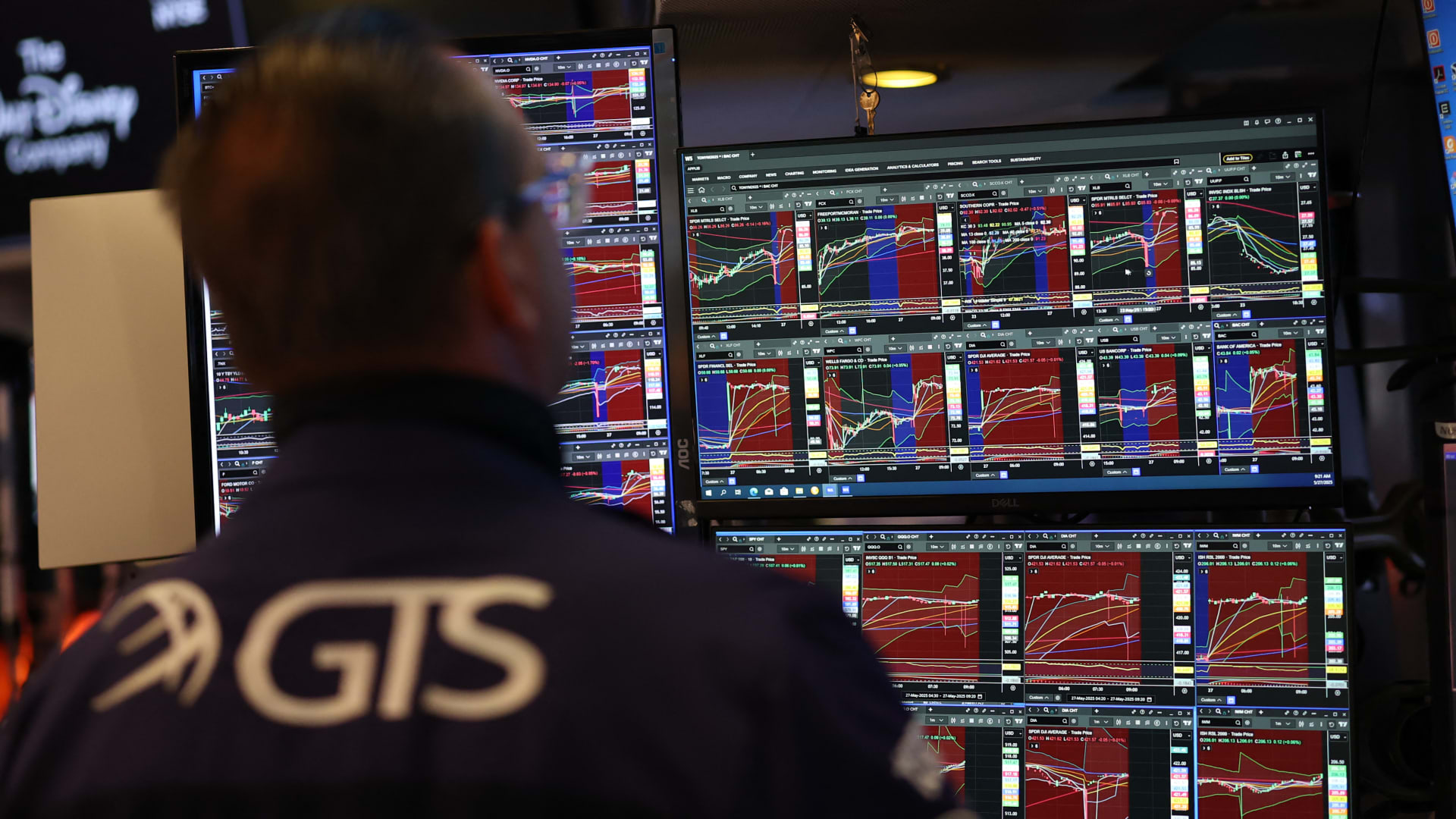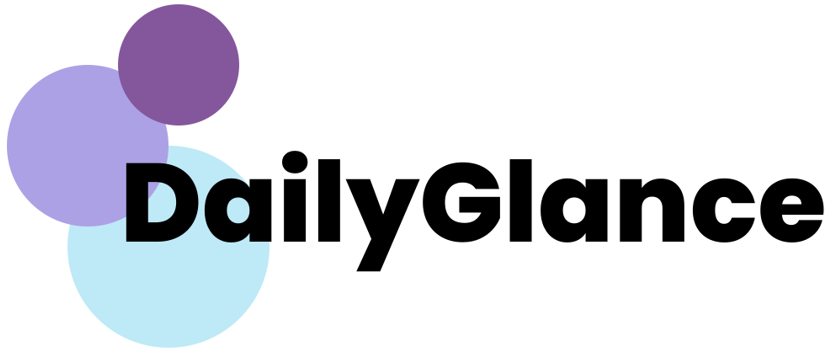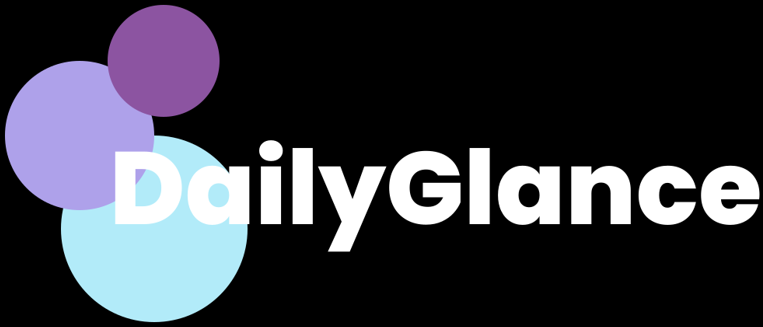Now Reading: Credit default swaps are back in fashion — even if the panic might be overblown
-
01
Credit default swaps are back in fashion — even if the panic might be overblown
Credit default swaps are back in fashion — even if the panic might be overblown

At the opening bell on May 27, 2025, traders were seen at the New York Stock Exchange (NYSE) in New York City. Investors are showing concern over the possibility of the U.S. government facing challenges in repaying its debt, leading them to acquire insurance in case of a default. The cost of insuring U.S. government debt exposure has been steadily increasing and is currently near its highest level in two years, based on LSEG data. The premiums on U.S. 1-year credit default swaps have risen to 52 basis points, up from 16 basis points at the beginning of the year, as reported by LSEG data. Credit default swaps serve as a protective measure for investors, who pay a fee to safeguard themselves in the event the borrower, in this case, the U.S. government, fails to meet its debt obligations. The spike in the cost of insuring U.S. debt indicates growing investor apprehension. The demand for CDS contracts has surged recently, primarily as a precaution against political risks rather than insolvency concerns, reflecting broader unease regarding U.S. fiscal policy and political dysfunction. The unresolved debt ceiling has contributed to investors’ heightened worries, with industry analysts noting the popularity of credit default swaps as the debt ceiling issue remains unresolved. The U.S. Treasury had already hit the statutory debt limit of $36.1 trillion by January 2025, according to the Congressional Budget Office. Treasury Secretary Scott Bessent mentioned that the Treasury was assessing the federal tax receipts collected near the April 15 filing deadline to determine the “X-date,” signifying the point when the U.S. government would exhaust its borrowing capacity. Despite the looming concerns, there is still time for the Senate to pass a bill to extend the debt ceiling by late July, averting a potential technical default. The recent rise in CDS prices is viewed as a temporary reaction as investors await a new budget agreement to lift the debt limit, rather than an indicator of an imminent financial crisis, industry experts suggest. While Moody’s recently downgraded the U.S. sovereign credit rating, experts remain confident that the U.S. government will prioritize paying its debt obligations and will not default.






